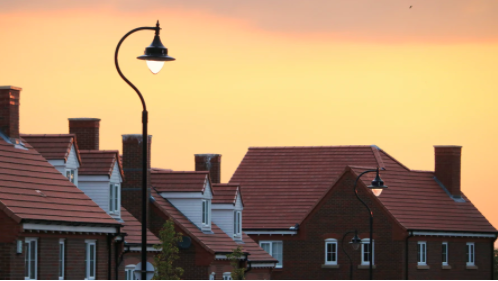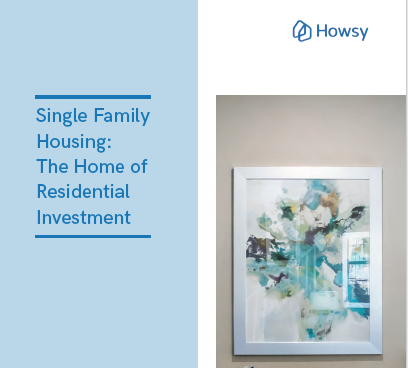All you need to know about the Single Family Housing Investment Class
In this paper we are considering the emerging Single-Family Housing (SFH) sector. We then contrast it with Build-to-Rent as an investment class. This means exploring the operational differences. We are also looking at the opportunities and also its potential. Also we will be making a distinction between ‘Suburban Build-to-Rent’ (SBTR). This can also include low rise apartment blocks as well as houses. This brand new paper is looking exclusively at SFH’s.

Who were the early pioneers of Single Family Housing?
The BTR catalyst is said to be Sir Adrian Montague’s 2012 government-sponsored report, “Barriers to institutional Investment in the Private Rented Sector”. Subsequent government support packages are also significant. This includes the HCA BTR funds 1 & 2 including the creation of the PRS Task Force. Whilst this may be broadly true, there were earlier pioneers. Most notably Fizzy Living incorporated prior to Sir Adrian’s report. Delancey plc & Qatari Diar in 2011, also signed a £557m deal to take over the Athlete’s Village (Now known as the East Village) following the 2012 Olympics.
Single Family Housing continues to grow

The argument for ‘scale’ in the Single Family Housing sector is very well-rehearsed and people understand it. Since the beginnings of the British Property Federation (BPF) and Savills BTR index in 2016, the average scheme size has grown. In fact, it continues to grow. An alternative source, Knight Frank & Homeviews, report that the average scheme size for completed schemes stands at 212 homes. However, those under construction and in planning stand at 264 and 320 homes respectively. This data is suggesting Single Family Housing’s growth is broadly in line with the trend that was identified by the BPF and Savills.
Single Family Housing will move away from the cities
To be clear on the numbers: The BPF and Savills report on schemes greater than 20 homes in size. Knight Frank & Homeviews use a scheme size threshold of 75 homes and above.
Broadly speaking, scale tends to run hand in hand with density. Density equates with urban environments. Therefore, we have seen most BTR schemes located in London or regional centres. This correlates with target cohorts and building typologies. The BTR sector identifies the service provision as necessary and appropriate. Single Family Housing creates a different perspective.
Scale does have operational advantages and economies. Cities and large towns. are favourite locations These have populations and cohorts sufficient to support a BTR development or, indeed, competing developments.
The breadth of SFH delivery has the advantage
There are no similar constraints within Single Family Housing. Compare UK BTR development with UK housebuilding development. densely populated areas see lots of BTR developments. House builders are able to build more broadly and more evenly across the UK. This breadth of delivery has the advantage of offering greater opportunity. The disadvantage is “investible scale”. That is: scheme sizes of sufficient size to attract institutional attention.
But, as our research shall demonstrate, SFH investible scale cannot be judged against BTR investible scale. The two asset classes are very different and the approaches to each are not directly interchangeable. However, they are complimentary.

Download the white paper and sign up for our SFH webinar
If you want to find out more about this investment class download our paper and sign up for the latest Single Family Housing webinar with key speakers on 30th November 2021 at 10am here.